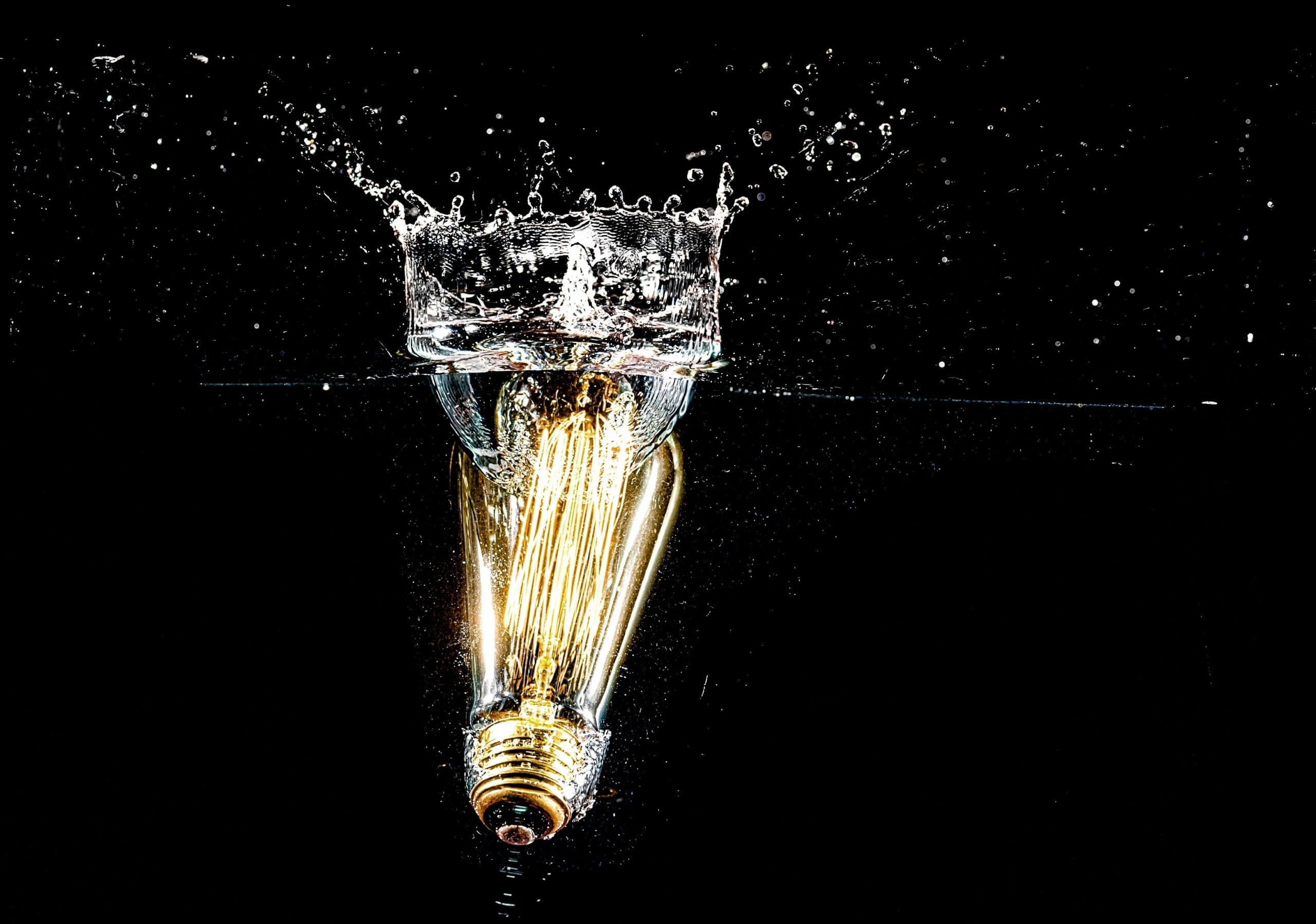Everything today seems to have an IP rating from the latest mobile phones to arduous application luminaires but what does IP mean?
IP does not mean ‘waterproof’ but it is shorthand for ‘ingress protection’ and is part of IEC standard 60529, covering water and dust. Water and electricity don’t mix, but why dust?
Dust is the silent killer of modern luminaires and light fittings generally, due to:
* Overheating through component insulation
* Conductivity and arcing
* Failure due to poor contact in relays, switches, and connectors
* Failure from carbon tracking in higher voltage appliances
* In extreme cases, even fire!
So how do I make sense of the IP? What does it mean for my luminaires and light fittings?
IP is two measures in one. The first number is the dust protection against:
0 = Non-protected
1 = Particles >50 mm (Fist or sizeable rock)
2 = Particles >12.5 mm (Finger or fine aggregate)
3 = Particles >2.5 mm (Tools and stone dust)
4 = Particles >1.0 mm (Screws, wire, textile fibres and other particles circa 1mm)
5 = Dust protected
6 = Dust-tight
As you can see the ‘dust’ element is more accurately protection against ‘object’ ingress below IP4.
So IP6x means a luminaire is not going to suffer from dust build up but water is a different case, as anyone who has tried DIY plumbing knows, water will find the smallest way in or out of a container.
The second number in the IP gives the water protection inherent in the light fitting. This also includes an element of pressure which can be thought of as either static (motionless under the surface of the water) or dynamic (movement of or towards water). So IP_X indicates protection from liquid/water:
0 = Non-protected
1 = Drips or condensation
2 = Drips, mist or fog and spray if angled at 15° off vertical
3 = Spray-water if 60° off vertical
4 = Spray, splash-water
5 = Water jets
6 = Strong water jets
7 = Effects of transitory submersion in water (15cm-1m)
8 = Effects of permanent submersion in water up to a stated pressure
9 = High-pressure water
(Note: There is a ‘k’ suffix but the use is specific and application specialised. Refer to DIN 40050.)
What does this mean for ‘real-world’ applications in the UK lighting market?
If you are specifying outdoor lighting in the UK, unless it is for high humidity or at risk of flooding then it needs to be proof against rain i.e. jets of water, so IP x5 is the minimum. Dust, especially at higher levels tends to be fines so IP6x should be the minimum. Therefore the benchmark is IP65.
For indoor lighting there are other concerns such as low level luminaires at risk of spills or burns to children’s curious fingers. Protection from splashes, for example spilled drinks, would start around IPx4 and against small fingers IP2. So practically, for low level lights consider IP24 or above.
In the next article, we will look at vandal resistance in arduous application luminaires.

